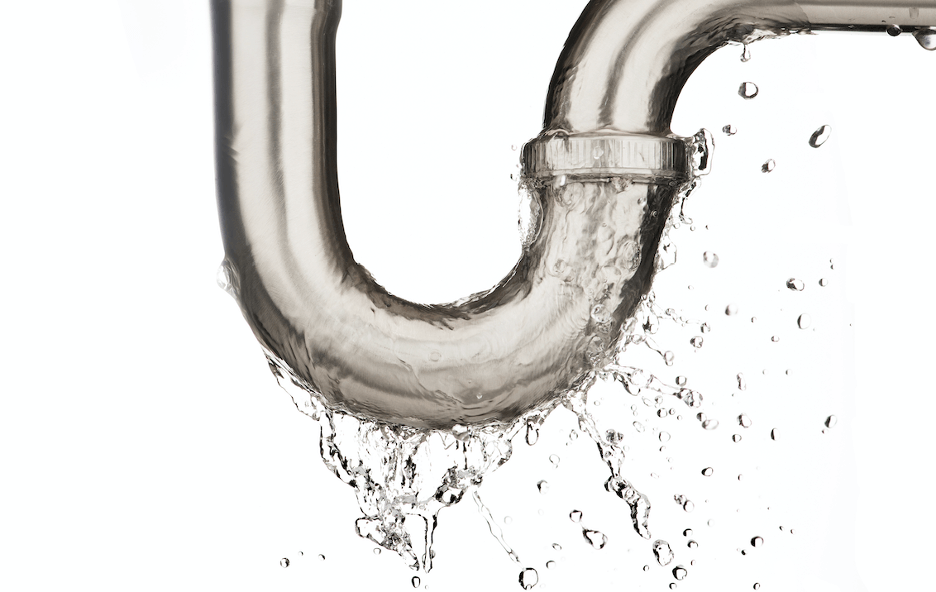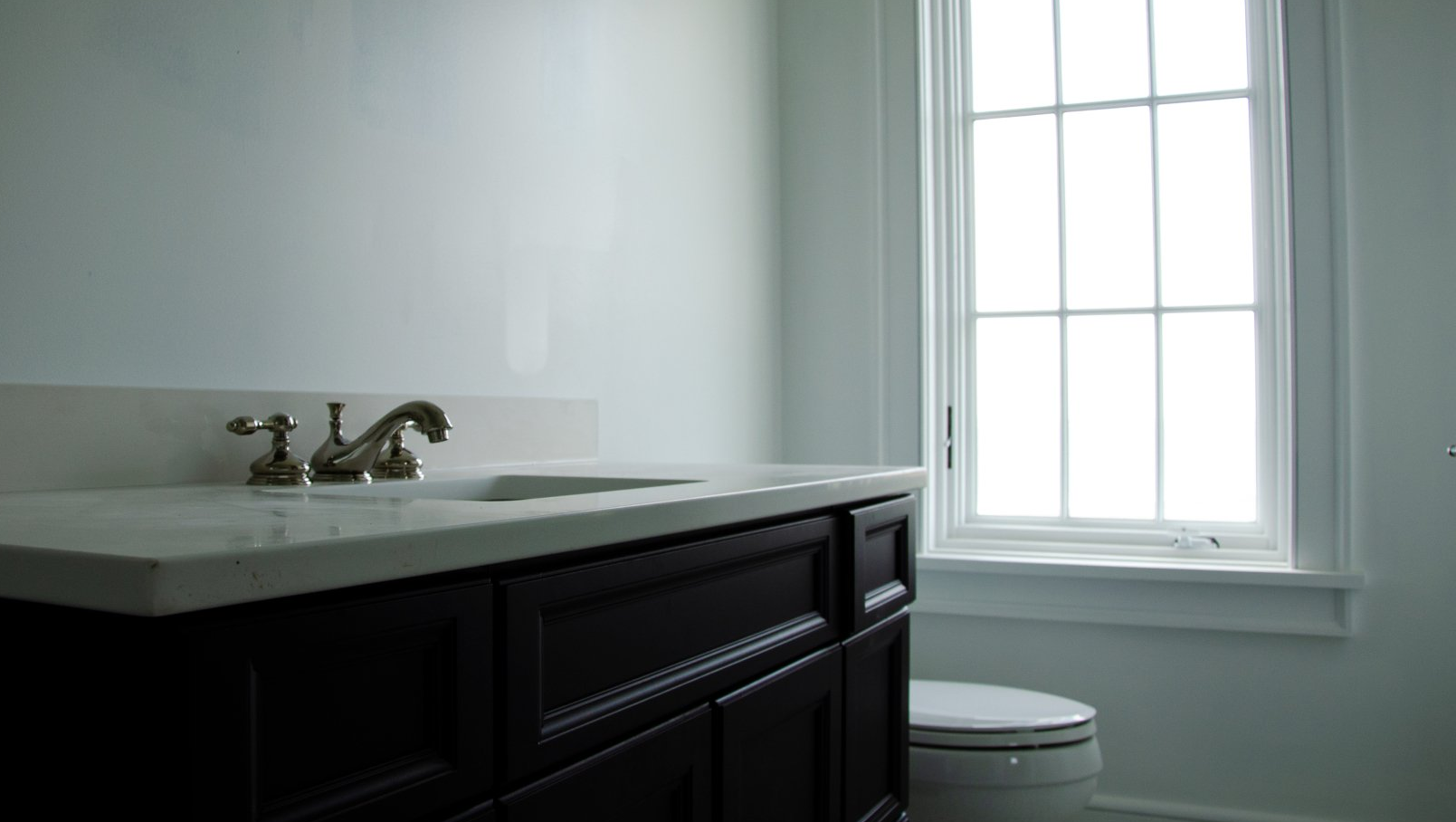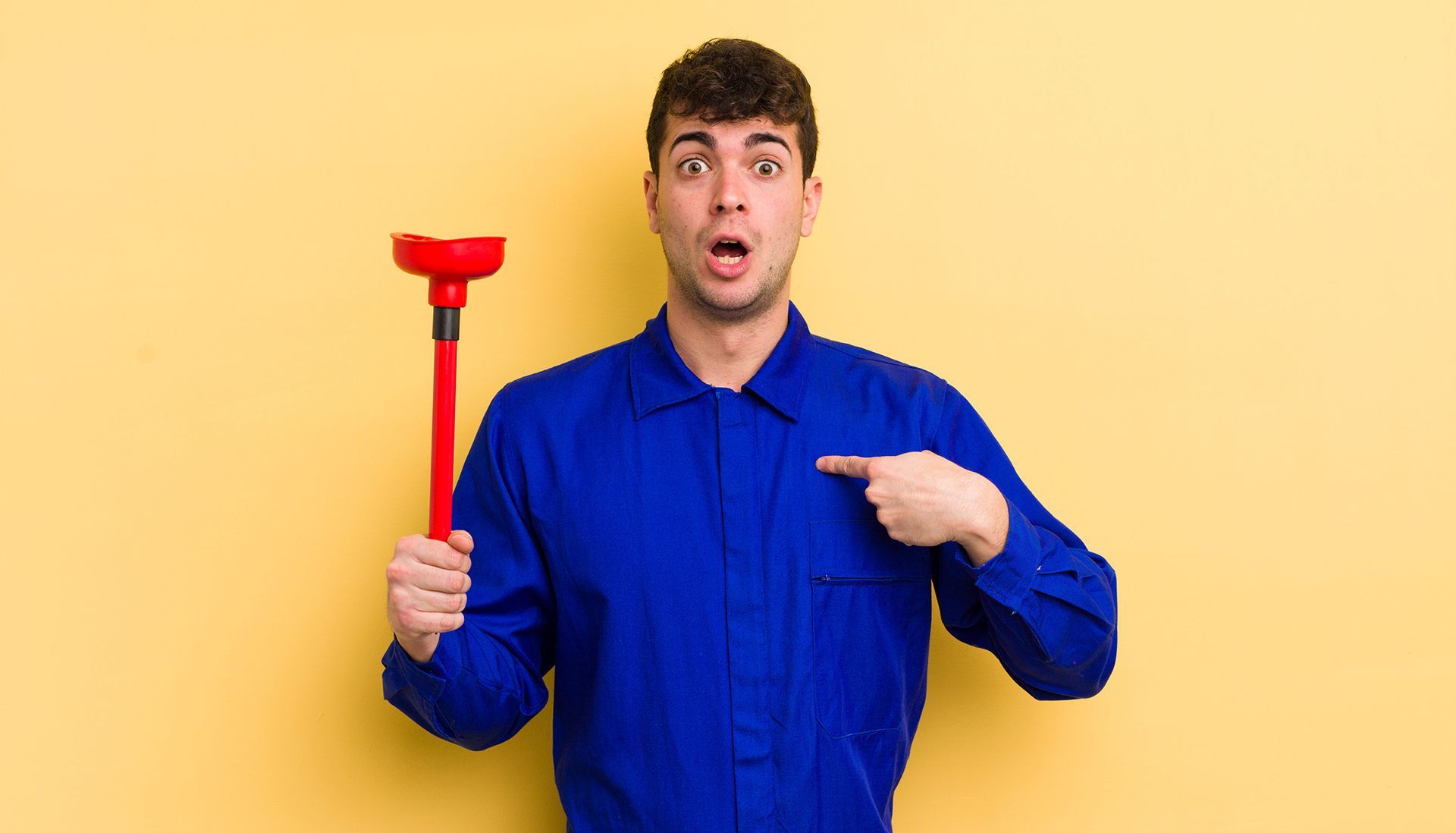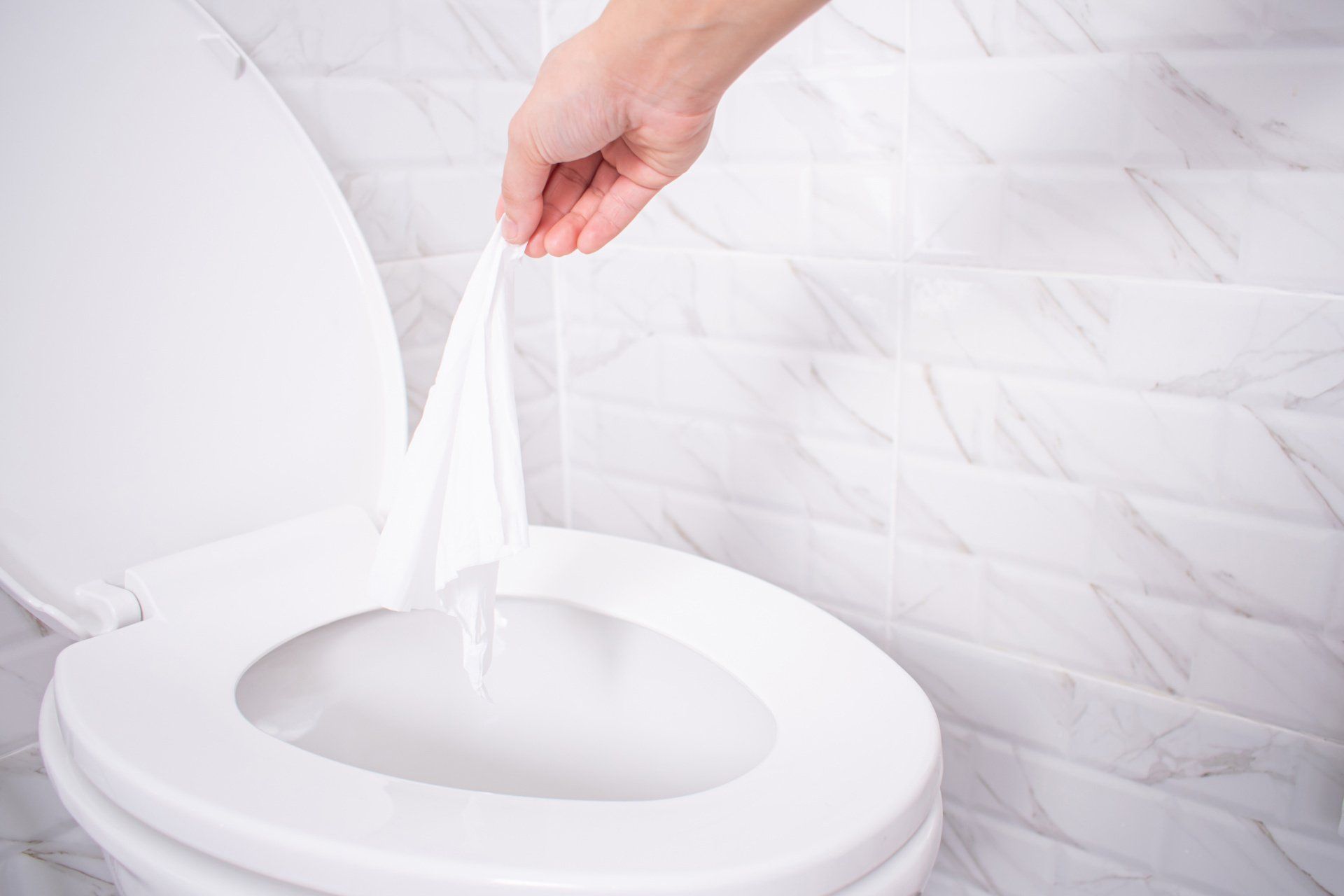How to detect leaks in your plumbing
If you’re a homeowner with a plumbing system, the chances are that you’re eventually going to have to deal with a leak. It’s simply bound to happen at some point in time, so you might as well be prepared in advance. The first step to doing so, of course, is knowing exactly what it is that you’re looking for.
Here are four ways that you can find leaks in your plumbing system.
Keep tabs on your water usage, and compare it to your bill
There’s no exact conversion chart for drops of water used and the amount you’ll pay in your water bill each month, but if you do your best to keep track of how much water your household goes through in a cycle, you should be able to tell if the water bill at least somewhat matches up. If, however, your water bill seems unusually high, that could be a sign that you have a leak somewhere because this means that more water is required to be pumped out in order to get the amount your faucet or nozzle is actually being asked for.
Check the green-ness of your lawn
Everybody likes to have a pretty, green lawn. But if you have one area of your lawn that’s disproportionately more green than the rest of your yard, it could mean that there’s an underground leak that’s feeding that one patch of grass more water than it needs. In extreme cases, you might even spot puddles of water, or moist grass, in one spot of a lawn that overall does not look like that.

Check all your appliances, fixtures, and pipes manually
The long way to see if you have a leak is to audit your appliances, fixtures, and pipes one by one. By doing so, you’ll be looking directly at every square inch of space that could potentially be the source of a water leak. Check every sink, bathtub, and toilet in your house to make sure that puddles of water haven’t formed in them or on the ground near them, and then do the same with your house’s pipes. Of course, a lot of pipes are underground and not accessible without digging a trench in your yard, but if you have any in your basement, just take a quick jog downstairs to make sure that no water has formed on the floor beneath them.
Keep your eyes and ears open
Sometimes, you can easily tell there’s been a leak without seeing it. A bulging or hanging blob of wallpaper in the form of a sphere almost always means there’s water behind it, and that water likely got there because of a leak. Additionally, if you hear dripping sounds anywhere in your house, and it’s not a faucet someone forgot to shut off all the way, it’s probably a leaking pipe. And if you see or smell mold, you’re likely looking right at a leak- mold requires moisture in order to grow and thrive.
Have you noticed a leak in your plumbing recently? Do you need a professional to fix it? No need to worry, Beverly Plumbing is here to help.
Contact us today!
You might also like



